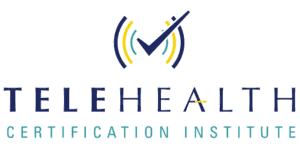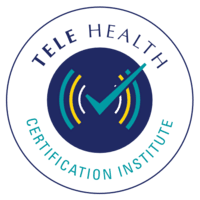Jill Cook, the Executive Director of the American School Counselor Association (ASCA), spoke with Raymond Barrett, the CEO of the Telehealth Certification Institute, about the professional role of school counselors. In addition to being the Executive Director of ASCA, Cook is also a Certified Association Executive (CAE) and a former chair and member of multiple national organizations. Cook assisted in the development of the School Counselor of the Year program and the Recognized ASCA Model Program (RAMP) at ASCA.
According to Cook, there are over 120,000 counselors in K-12 schools who assist students with academic development, social-emotional development, and all types of post-secondary professional and educational goals.
Because of their centralized placement in the school, Cook admits that counselors are in a strong position to add “prevention and early identification” services to schools by going “into classrooms to teach lessons based on the most current data.” Cook describes school counselors as being “the heart of the school” in most settings.
Cook points out that counseling meetings can involve psychoeducation lessons in the classroom, connecting with other school staff, or checking in with students informally via “bus duty, cafeteria duty, or [while] standing out in the hall during class change.” If a higher level of therapy is required, students can be referred to external counseling resources in the community for specialized care. School counselors may find themselves working in a variety of contexts, including individual, group, family, and community agency meetings.
The demands on school counselors during COVID-19 have caused unique challenges for school districts. For schools that used virtual school counseling, Cook says that the move “changed what school counselors were doing.” Suddenly there was “more interaction with parents because [communication] was virtual,” and counselors were rethinking how they could engage with students from a distance.
Now, more than ever, groups like ASCA are helping school counselors grow alongside their students through on-site training, consultations, and professional development opportunities. So whether school counselors are mediating disputes between students or teaching them safe social media behaviors, they offer the steady presence that schools, students, and families need.



The course was so informative and I was glued to my screen for the entire duration. I received so much knowledge concerning ethics in telehealth and I am greatly encouraged to read about all the standards and policies that pertain to my practice. Thank you!.